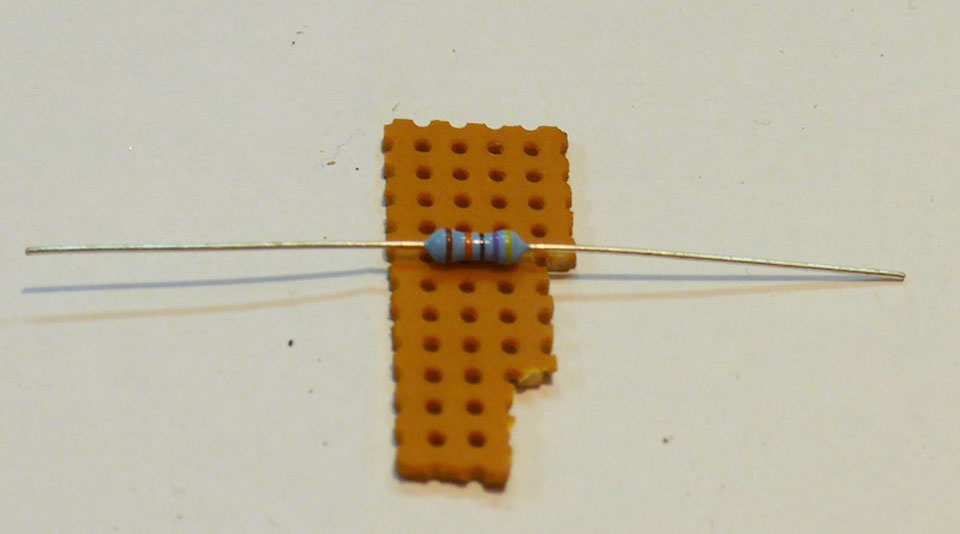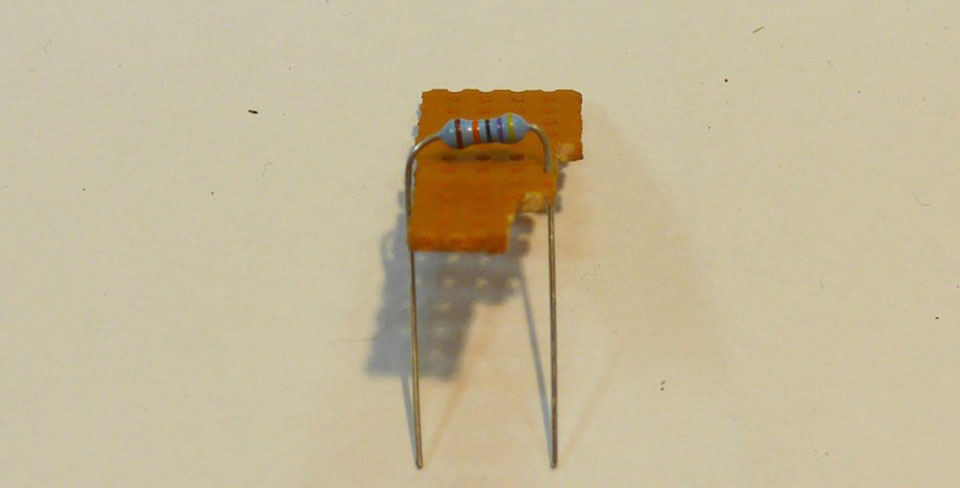Building
Instructions - MIDI-ITO
!!! PRE RELEASE DRAFT Hardware!!!
This is a preliminary manual. It is based on prototypes only. Requirements of the final hardware may cause changes in the described feature.
Preliminary:
I will not explain soldering. This kit is not really difficult to solder, but I do not recommend it as a first project. The order of the soldering is important. Some parts will hide the solder points for other parts. If you mount the parts in the wrong order, you will lock out yourself from finishing the module. Also I strongly recommend to obey the mounting instructions for the sockets and potentiometers with the help of the frontpanel.Requirements and tools:
- a clean work bench with good illumination
- soldering iron 25W-30W; if possible a soldering station with temperature control
- tin-solder; the PCBs are lead free. Of course lead free tin solder is nice for the environment, but mixed lead/tin-solder is much easier to handle, and it is still allowed to non professionals (at least in the EU)
- an electronic side cutter or microshear like the "Knipex Electronic
Super
Knips"
- a sturdy midsized side cutting pliers
Not necessary but helpful:
- a "helping hand" pcb holder
- a bending jig made from a strip board pcb:


All parts on the pcbs a designed for this standard grid.
Overview:
Basically we will solder parts in the order of their heigth. As mentioned above some parts will hide the solder points for other parts. So keep the following order:- First the rear side.
- resistors
- pinhead rows
- Then the front side.
- 3,5mm sockets and DIN-sockets (see remarks in the detail section)
Details REAR SIDE
Resistors
The resistors may come in two different physical sizes (0.3W and 0.6W). The wattage does not matter for the functionality. It is simply a question, which size was available while buying. I prefer the larger 0.6W types, but sometimes only the smaller ones are available.220 Ohm:

pinheader:
Solder the 2x5 pinheader
That's it for the rear side!
Details FRONT SIDE
Sockets
- Place the sockets on the pcb and solder only one pin of each socket
- Place the frontpanel on the pcb and fix the sockets with their nuts.

DIN Sockets:
- cut the ground connector of the DIN sockets with the side
cutting plier from the three DIN sockets. This requires a really sturdy
side cutter.
- place the DIN sockets from the front thru the panel into their place. They must flush with the panel.
- put a strip of scotch tape over the frontpanel so the DIN sockets can't fall out
- solder the DIN sockets and the remaining pins of the 3.5mm sockets
- tighten the nuts of the 3.5mm sockets

That's it. You are done.
This is a preliminary manual. It is based on prototypes only. Requirements of the final hardware may cause changes in the real proceeding.
All product names and brand names beside "VMC-1", "MIDI-ITO" and "fanwander" belong to the corresponding owners. They are mentioned her only for educational or explaining purposes.
All rights reserved, by Florian Anwander 2020 - 2021